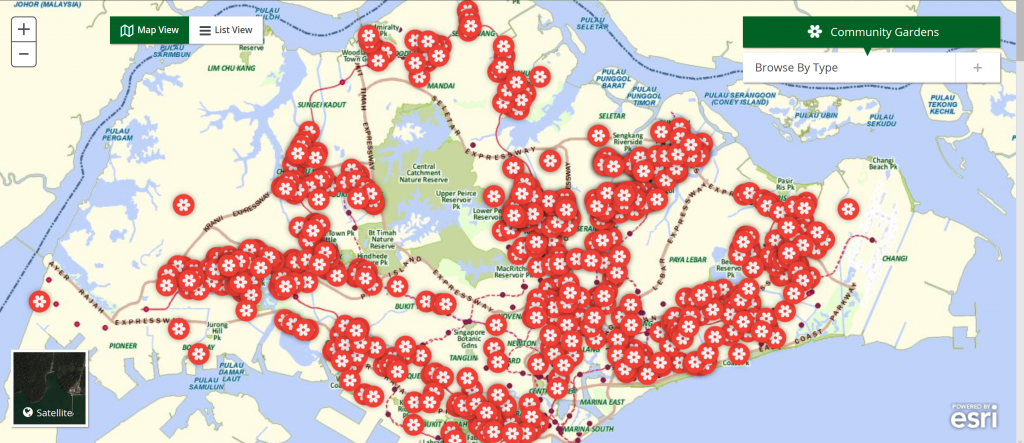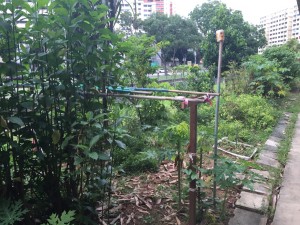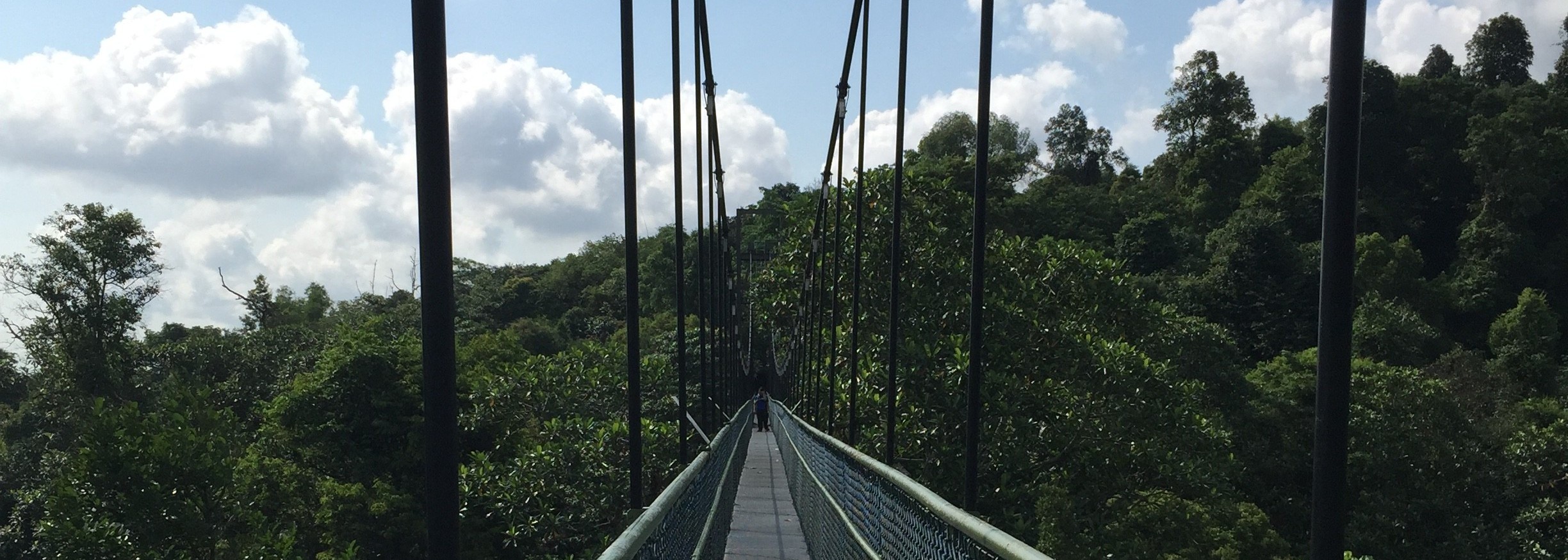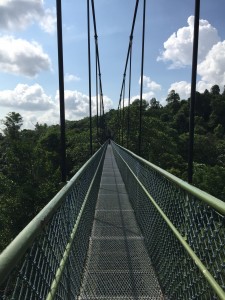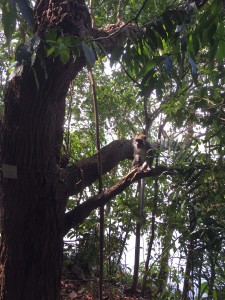Hey there!
Today, we had a talk by Professor Peter Ng. Dr Ng is a widely-respected biologist who discovered Johora Singaporensis, a species of crab that is endemic to Singapore.
During the talk, Dr Ng mentioned that Bukit Timah nature reserve has to be regularly maintained by people due to the lack of animals for seed dispersal. This problem is further exacerbated by the fact that many of the plants, some which are vital species to the nature site, require animals to disperse seeds. This is quite saddening to hear. Although the site used to be a forest with a self-sustaining ecosystem, the survival of the nature reserve now strictly depends on man’s regular efforts to maintain the site and ensure that the seeds of the plants are dispersed.
One of the main reason for such a change could possibly be due to the huge extents of fragmentation from development, affecting seed dispersal routes. In the map below, other than the Bukit Timah Expressway (BKE) which separates the Central Water Catchment area and the Bukit Timah Nature reserve, we can also see developments such as a golf site, a rifle range and even condominiums around the nature site.
Photo courtesy of Google Maps (https://www.google.com.sg/maps/place/Bukit+Timah+Nature+Reserve/@1.3483979,103.7752687,779m/data=!3m2!1e3!4b1!4m5!3m4!1s0x31da10f5981ed73b:0x7b421dc2a7c58be!8m2!3d1.3483925!4d103.7774628 )
In my mind, there are so many questions:
Could it be possible to restore the nature reserve its original state? Is it possible to bring back these animals that are crucial in ensuring the healthy state of the forest?
On 22 October 2016, Bukit Timah nature reserve was opened to the public after two years of closure (Spykerman, 2016). During these two years, restoration efforts were mainly targeted at facilities like trails and boardwalks. In other words, the restoration efforts were focused on satisfying the needs of the public. These restoration efforts are understandable, considering that many of these old facilities are posing a threat to the safety of the public. However, would it be better if the same amount of resources is dedicated to bringing the forest back to life so that regular maintenance can be minimised? Would this even be possible, considering the degree of fragmentation that has already resulted to the nature site?
Frankly, I do not know the answers to these questions. Seeing that the nature reserve has been maintained by people for years and there seems to be no improvement to the natural state of the forest, I couldn’t help but have a more negative stance regarding the future situation of the nature reserve. This could be why I find it ironic that much resources have been spent on improving the infrastructure of the reserve despite the dire state of the forest. However, I still have belief that not all hope is lost . After all, the reserve has one of the richest biodiversity (Nparks, 2016). Let’s not put our faith down. I feel that the best thing we can do is to minimize as much disruption to the nature reserve as possible and stop any more developments to the area.
Cheers!
♣ Johanah
Reference:
Nparks. (2016, October 24). Bukit Timah nature reserve. Retrieved October 31, 2016, from https://www.nparks.gov.sg/gardens-parks-and-nature/parks-and-nature-reserves/bukit-timah-nature-reserve
Spykerman, K. (2016, October 22). Bukit Timah nature reserve reopens after 2 years of restoration work. Retrieved October 31, 2016, from Channel News Asia, http://www.channelnewsasia.com/news/singapore/bukit-timah-nature-reserve-reopens-after-2-years-of-restoration/3226578.html

